Making Zucchini & Peanut Butter Soup
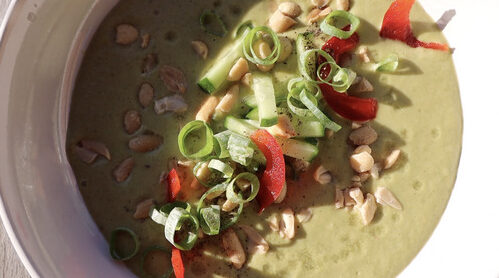
Smooth zucchini soup with peanut butter and a touch of chilli. A comforting bowl with just the right balance of savory, nutty, and sweet.
Peanut butter in soup? Absolutely! This zucchini and peanut butter soup is silky, savory, with a hint of spice and sweetness. It’s perfect as a light summer meal, especially when topped with crunchy peanuts and fresh herbs. The zucchini brings freshness, while peanut butter creates that irresistible creamy body


Smooth zucchini soup with peanut butter and a touch of chilli. A comforting bowl with just the right balance of savory, nutty, and sweet.
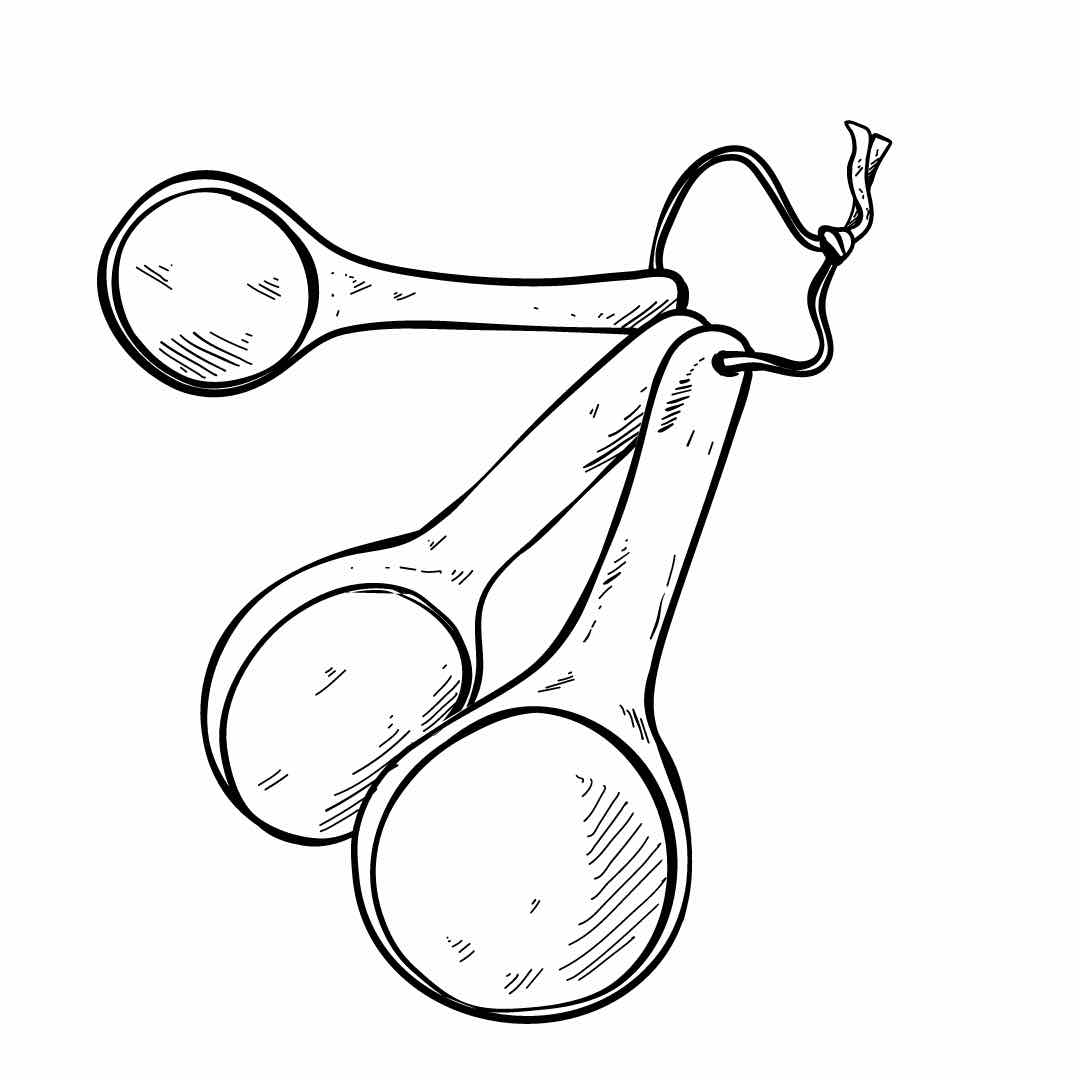
Serves:
4 people
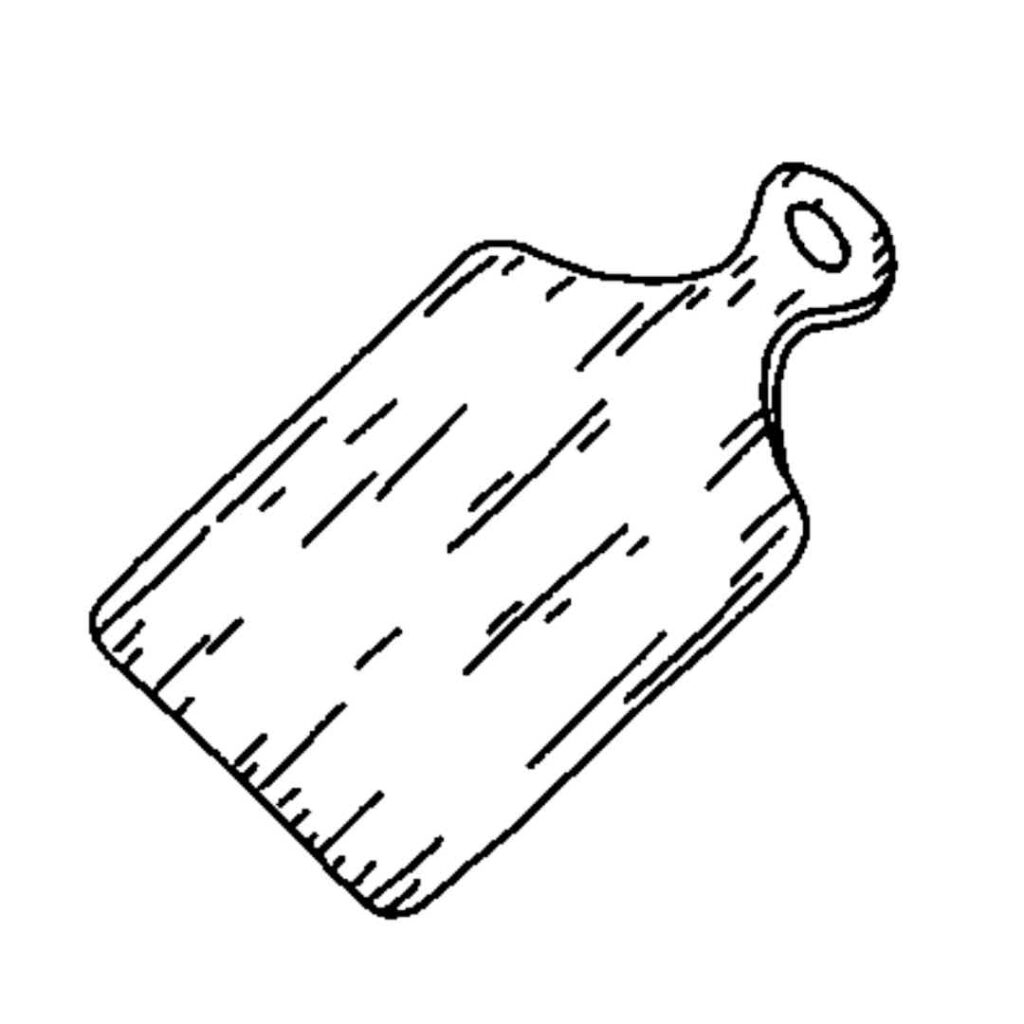
Time to Prepare:
15 minutes

Time to cook or cure:
20 minutes
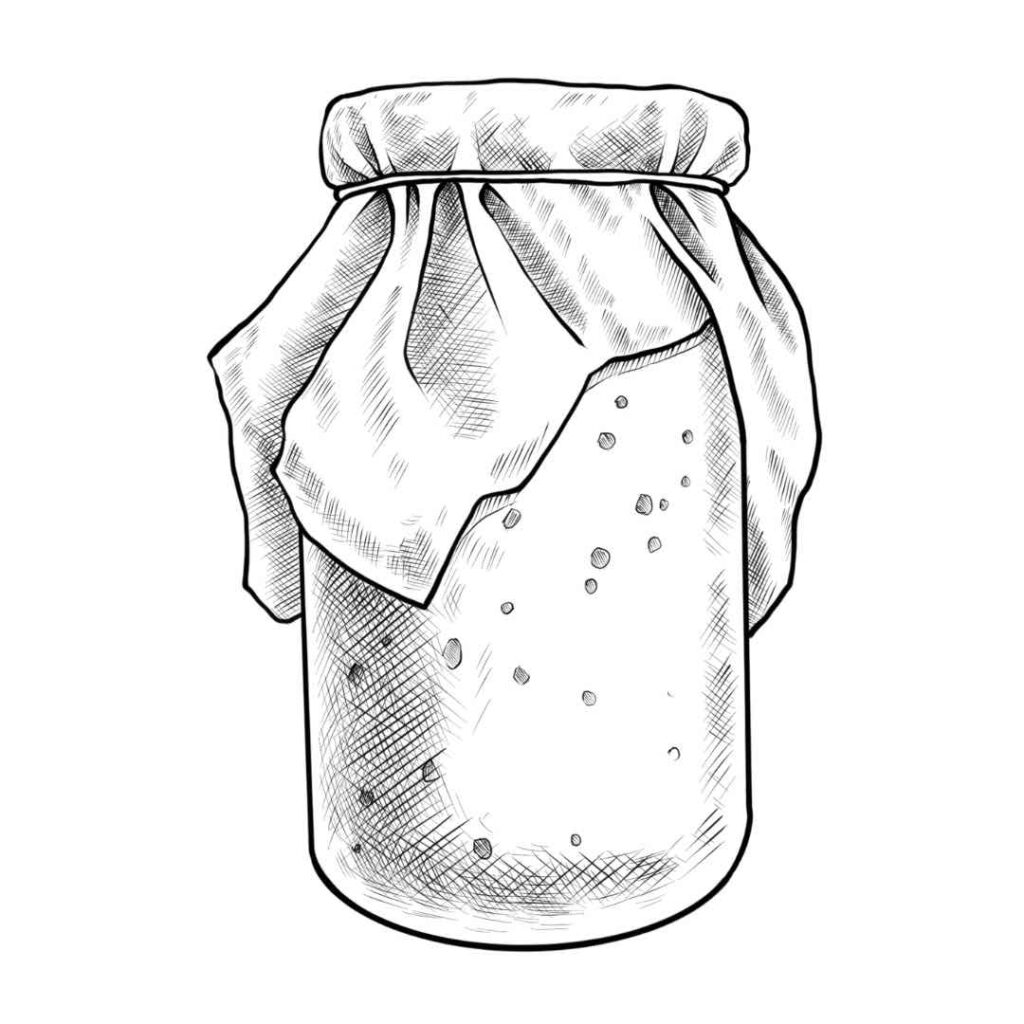
Skill
Soup Making
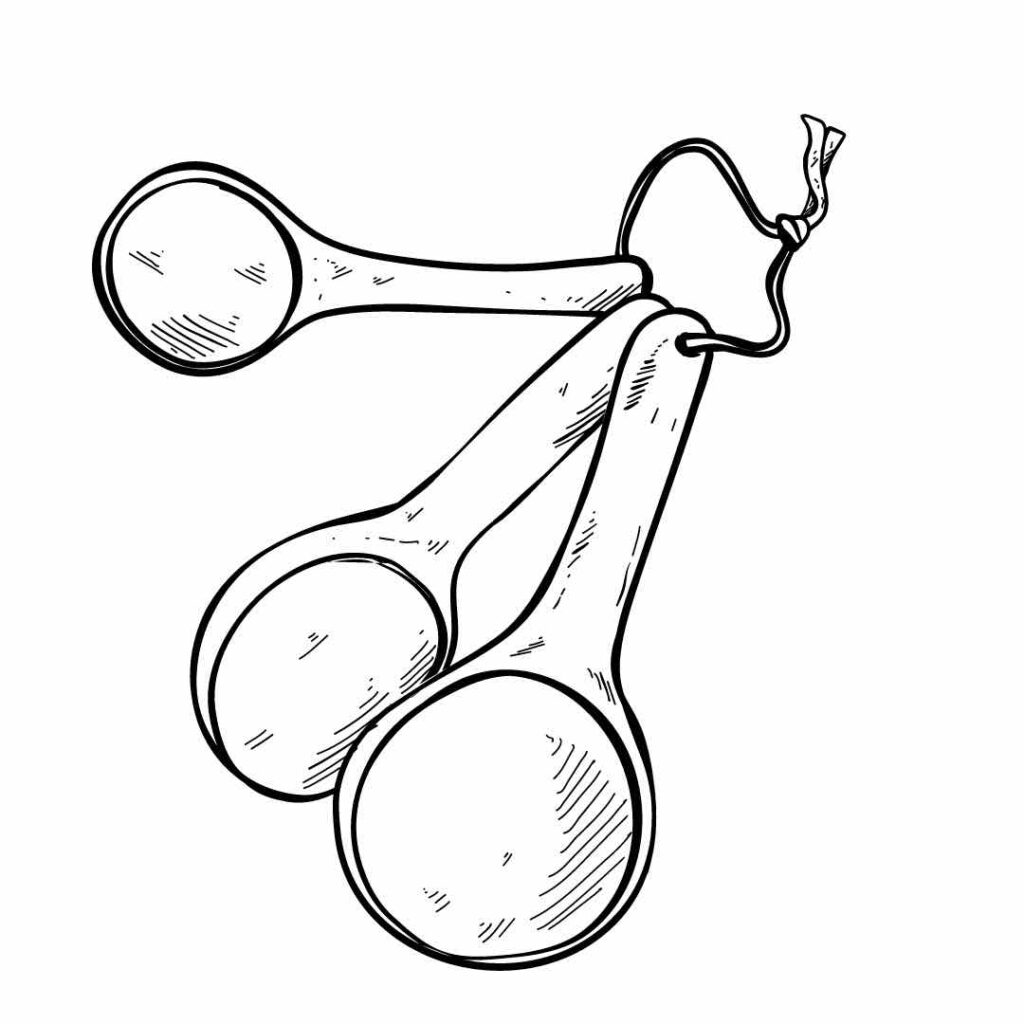
Serves:
8 people

Time to Prepare:
20 min

Time to cook or cure:
24 hours

Skills:
Fermentation & Baking

Zucchini: Use small to medium-sized zucchini, as they are sweeter and less watery than large, overgrown ones.
Peanut butter: Choose natural, unsweetened peanut butter with no added oils if possible. This gives a pure, nutty flavour. Creamy works best for blending smoothly.
Chilli: Adjust depending on your heat preference. A mild red chilli will give warmth without overpowering the soup.
Onion & garlic: These are the flavour foundation — don’t skip or rush their cooking.
Add zucchini at the right time: Zucchini cooks quickly, so only boil until just tender. Overcooking makes the soup dull in colour and flavour.
Balance flavours: The coconut sugar may seem unusual in a savoury soup, but it balances the earthiness of zucchini and richness of peanut butter. Taste before serving and adjust with more salt, sugar, or lemon juice.
Cool slightly before blending: Let the soup cool for a few minutes before transferring to the blender. This prevents pressure build-up from hot steam.
High-speed blender: A strong blender will create a silky-smooth texture where the peanut butter fully emulsifies with the zucchini.
Batch blending: If making a double recipe, blend in smaller portions so the texture is consistent.
Fridge: Keeps up to 4 days in an airtight container. Stir before reheating, as flavours may settle.
Freezer: Lasts 3 months. Flavour of peanut butter can soften slightly, so refresh with a squeeze of lemon or extra pinch of salt when reheating.
Reheat gently: Warm slowly on the stove while stirring. Avoid boiling hard, which can split the emulsion.
Toppings: Add crunch with roasted peanuts, cucumber strips, spring onion, or diced bell peppers. These brighten and balance the creamy base.
Hot or cold: In winter, serve steaming hot with flatbread or rice. In summer, chill the soup and serve it like a peanut gazpacho.
Flavour variations:
Add grated ginger for a Southeast Asian twist.
Stir in coconut milk for extra richness.
Add fresh coriander or mint before blending for a herbal lift.
Refrigerator storage:
Once the soup has cooled down to room temperature, pour it into a clean, airtight container — glass jars or lidded soup containers are ideal. It will stay fresh in the fridge for up to 4 days. The peanut butter keeps the texture smooth and prevents separation, but give it a quick stir when reheating to bring everything back together.
Freezer storage:
If you want to prepare this soup in advance, it freezes well for up to 3 months. Keep in mind that the flavour of peanut butter may mellow slightly over time in the freezer. To preserve the taste, freeze it in single-portion containers so you can reheat only what you need. Defrost overnight in the fridge and warm gently on the stove, stirring as it reheats.
Meal prep tip:
Divide the soup into smaller containers before freezing. This way you’ll always have a quick, nourishing meal on hand — simply defrost, add fresh toppings, and enjoy a comforting bowl of zucchini and peanut soup anytime.
Add fresh, crunchy toppings:
This soup really shines when you contrast its creamy base with fresh, crunchy garnishes. Top each serving with thin cucumber strips, a handful of roasted salted peanuts, finely sliced spring onion whites, and a scattering of diced bell peppers. These toppings not only add texture but also bring colour and freshness to the dish.
Brighten with citrus:
A generous squeeze of fresh lemon or lime juice right before serving adds acidity that cuts through the richness of the peanut butter, making the soup taste lighter and more refreshing.
Serve it hot or cold:
This zucchini peanut soup is versatile — it’s delicious served steaming hot in the cooler months, but it also makes a wonderfully refreshing chilled summer soup. When served cold, it resembles a creamy gazpacho with nutty depth and spicy undertones.
Pairing ideas:
If you’re serving it as a main, pair with warm flatbreads, grilled chicken skewers, or vegetable fritters. For a light lunch, serve it cold with a crisp salad of cucumbers, radishes, and fresh herbs.
Can I make this zucchini peanut soup spicier?
Yes, absolutely! The base recipe uses just half a chilli for gentle heat, but you can keep the seeds in or even add an extra chilli if you enjoy more spice. For a Southeast Asian twist, you could also add a splash of chilli oil or a teaspoon of sambal oelek when serving.
What if I don’t eat peanuts or have an allergy?
No problem — this recipe is adaptable. You can use almond butter or cashew butter instead of peanut butter. Almond butter will give you a slightly sweeter, more delicate flavour, while cashew butter will keep the soup creamy and mild. Both work beautifully and still give that smooth, nutty richness.
Why does the recipe include coconut sugar?
The tablespoon of coconut sugar might seem surprising in a savoury soup, but it plays an important balancing role. It enhances the natural sweetness of zucchini and softens the sharper flavours of garlic, onion, and chilli. This small amount creates a more rounded, full-bodied flavour without making the soup taste sweet.
Can I really serve this soup cold?
Yes — in fact, this zucchini peanut soup is especially delicious when chilled. Once cooled, it develops a refreshing quality similar to cold Asian peanut sauces, but lighter thanks to the zucchini. Simply garnish with cucumber strips, spring onions, and a squeeze of lemon for the ultimate summer lunch.
Is this soup vegan and gluten-free?
Yes, the recipe is naturally vegan (as long as your peanut butter doesn’t contain honey) and gluten-free. It’s a great option for anyone looking for a creamy, plant-based meal that still feels satisfying.
Can I make this ahead of time for guests?
Definitely. You can prepare the base soup a day or two in advance, refrigerate it, and then just add fresh toppings right before serving. If serving it cold, letting it rest in the fridge overnight actually improves the flavour as the ingredients meld together.

Recipe Categories
We lost so much.
Our pastures are destroyed, many of our old olive trees, the young orchards, the irrigation systems, our most important tools, water pumps, and power setup—either melted or destroyed.
Our food and hay stores, the fences, and many of the stable buildings are either damaged or lost entirely.
What took years to build was reduced to ash in a single afternoon.
Ready to Recharge and Enjoy Real Food in Nature?
Cook, connect, and grow in the heart of our regenerative farm.
Real food. Deep rest. Lifelong memories.
